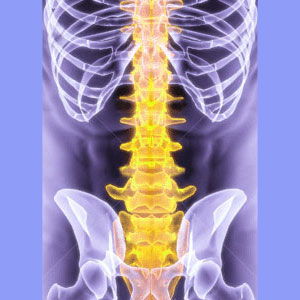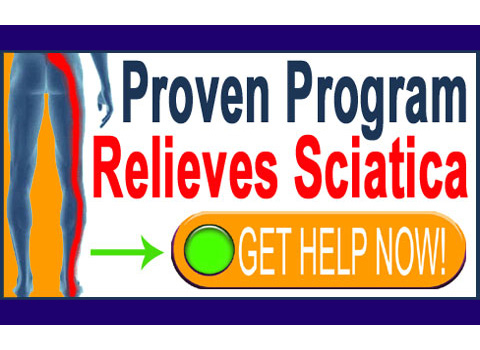
Sciatica therapy consists of traditional medical care, complementary and alternative healthcare treatments and some truly wacky new age options. Most patients whose pain lasts more than 6 to 12 months have a better chance of experiencing continuing life-long pain, than they have of recovering. This statistic is very disturbing and clearly shows a major problem with the way sciatica pain is managed within the healthcare system.
This discussion will detail some of the most popular care methods used to treat sciatic nerve symptoms. We will provide a balanced look at the pros and cons of each treatment selection.
Symptom-Based Sciatica Therapy
The majority of therapies for sciatica are symptomatic treatments. This means that they are directed at relieving the effects of the symptoms, but do nothing at all to resolve the underlying cause of the pain. Basically, they attempt to make life more comfortable, but will never cure sciatica. Unfortunately, some do not even succeed in providing adequate temporary relief. Many patients do not understand the concept of symptomatic therapy and most doctors do not take the time to educate them.
In fact, many patients are shocked that they still have pain after undergoing literally years of medical care, since they have been receiving therapy for their symptoms alone and were never informed that their treatment choice would never lead to a cure. 95% of all therapies fall into the symptomatic category. You can read more about all of them in the sciatica treatment resource section of this website.
Surgical Therapy
Sciatica surgery is usually a last resort option for patients with severe pain which has not responded to a host of more conservative treatment options. This is not uncommon, since as we just discussed, most conservative care is purely symptomatic and really does not demonstrate real hope for curing anything. Basically, patients are kept in ongoing treatment for financial gain and if the body does not heal itself, then surgery is often recommended.
Sciatica surgery comes in many varieties, but should never even be considered unless it is truly the only option left. Most surgical procedures offer poor permanent curative results and many operations can make the pain far worse.
Just ask any patient who is suffering from failed sciatica surgery syndrome what their life is like, now that their last hopeful option has turned into an eternal nightmare of endless agony and disability.
Sciatica Knowledge Therapy
Knowledge therapy is an alternative approach to actually curing psychoemotionally-motivated sciatica. Knowledge therapy has proven its value over several decades and more healthcare providers are finally getting on board with this risk-free and expense-free care modality. Best of all, knowledge therapy can be attempted by the patient alone, in the comfort and security of their own home, and requires no investment of cash, only time.
This treatment was pioneered by Dr. John Sarno and was originally used to treat his tension myositis patients at the Rusk Institute of Rehabilitation Medicine/NYU Medical Center in New York City. Since the early days of development, knowledge therapy has been successfully utilized to resolve numerous problematic complaints and has undeniably proven the constant interactions between the mind and body in all matters of health and disease.
Spinal Decompression Sciatica Therapy
Spinal decompression is an innovative medical treatment for sciatica which is recommended for patients with certain types of definitive structural issues compressing neurological tissue. Decompression is used to permanently resolve pain due to herniated discs, degenerative disc disease and facet joint syndrome.
If you are thinking about surgery, decompression is certainly a treatment which should be considered as a noninvasive substitute, since it offers better results with far fewer risks. The most popular decompression system is certainly the DRX9000, but the VAX-D and AccuSpina systems are worth investigating, as well.
Sciatica Therapy Experiences
It is very important to fully understand the treatment options you are considering or using to manage your sciatica. It is especially critical to understand the difference between a symptomatic therapy and a treatment which will offer real hope for a lasting cure.
Sciatica can be like a vampire to any patient, slowly draining their time, functionality, financial resources and very life away year by year. It is time to stop this victimization by learning how to find your way out of a painful existence and into a pain-free life. The first step is learning the real sciatica facts and planning your treatment path extremely carefully from there.





